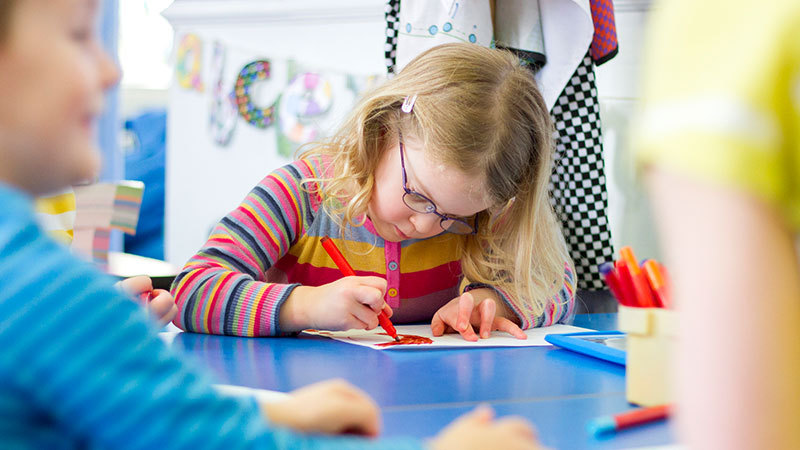As teachers, we sometimes take for granted that students will know how to manage deadlines, problem solve, and focus on the task in front of them. However, for students with executive function difficulties, these basic skills can be quite challenging and can get in the way of learning content if not addressed correctly.
With the right interventions, your students with executive function difficulties can thrive in the classroom. In this article, we’ll explore several easy-to-implement tactics for guiding these students through project management and other challenges they may face.
Defining Executive Functioning
Executive functioning is a layered concept and covers the abilities to understand, prepare for, complete, and remember details on a project, task, or assignment, according to the National Center for Learning Disabilities. When students have a disability that affects their executive functioning, they often struggle with these kinds of skills:
- Developing a plan
- Understanding how much time it takes to complete a plan or task
- Multitasking
- Applying learned concepts from other tasks to a current one
- Participating in group work
- Giving attention to successes and failures of previous tasks
- Revising or changing directions appropriately on assignments
- Meeting deadlines
- Seeking help from the teacher
- Voluntarily participating in class conversations unless called on
- Researching additional information
For a student with executive function difficulties, projects that encompasses one or more of these practices can be overwhelming, if not impossible. That’s why it’s so important to recognize these challenges and be able to intervene effectively.
Executive Function Activities
Students with executive function issues can certainly learn these skills, but only with time and guided, focused direction from a patient teacher. The following strategies from the Child Mind Institute will help you engage students who need help keeping track of school assignments and activities.
Generating task lists
Students with executive function difficulties often struggle to understand the entire arc of a project. Creating a task list with them will help them focus on the work they need to do and navigate classroom challenges much more easily. The benefits of these lists go beyond the classroom too. They can help students with routines for getting ready in the morning, setting the table for dinner, and cleaning up before bed.
Setting and monitoring time limits
When creating checklists, make sure to help students set realistic timelines for each item. Students with executive function issues often struggle with knowing how long it takes to finish different tasks, and having a clear idea of time limits goes a long way to encouraging completion. As you monitor how long it takes for students to complete their tasks, they can step in accordingly to allot time for different assignments.
Using a planner
Because students with executive function difficulties need additional direction, daily planners can help focus their efforts in school. You can get creative by using colored pencils, highlighters, and stickers to signify different tasks or assignments. Just be sure to not overdo it; excessive rules for using the planner can be overwhelming. Instead, keep an active but simple planner where students can graphically keep track of their upcoming projects.
Explaining reasons for rules and tasks
It’s vital to break down the rationale behind the work you assign to students with executive function issues. Because these students often must expend extra effort to plan and organize a project, they tend to avoid or delay doing so if the effort doesn’t feel “worth it” to them. Some students could also have trouble understanding information about an assignment the first time through, so it’s beneficial to go over the assignment a few times and explain directions thoroughly.
Building and maintaining routines
One of the most effective ways to support students with executive function difficulties is to establish routines in and out of the classroom. Just getting started on a project can sometimes feel insurmountable to students, so creating routines can help “cue” them that it’s time to start working. Even small things like putting away unrelated books and ensuring supplies are in place before starting work can help students focus. When children with special needs have familiar daily activities, they feel more secure and can engage in school activities.
Creating a reward system
Try incentivizing your students with a reward system for continued motivation. The reasons for a reward can range from doing well on an assignment to trying out a new routine or activity. You can choose to keep their rewards private or public; both methods have their own unique advantages and drawbacks. Choosing or adapting to whichever works best for the classroom culture will have profound benefits as students pick up on executive function behaviors.







